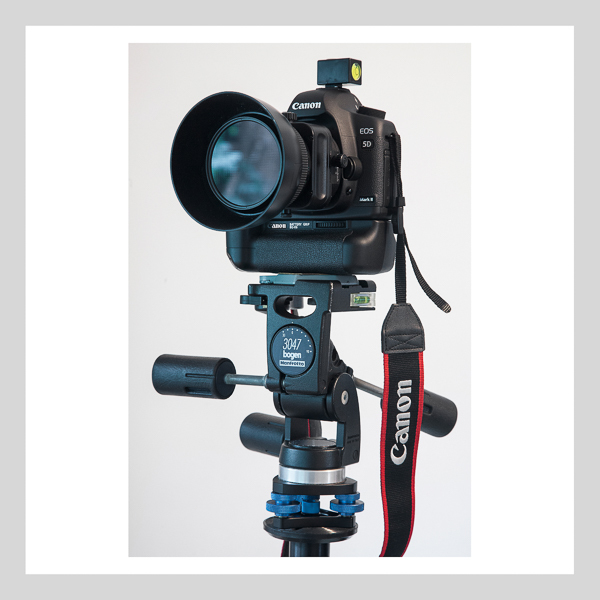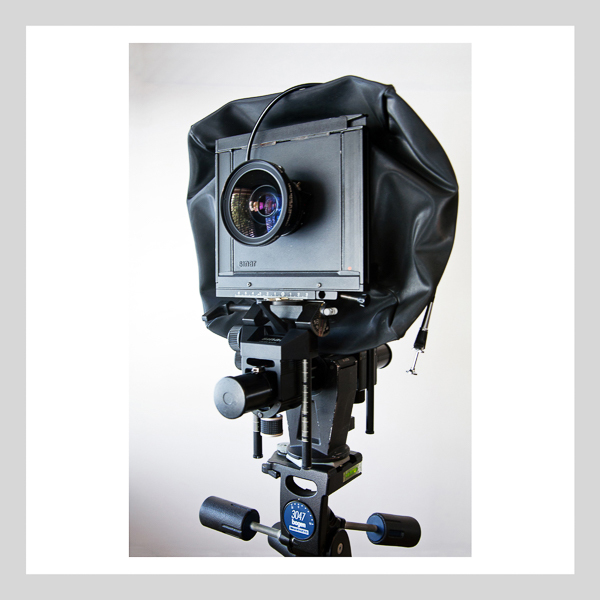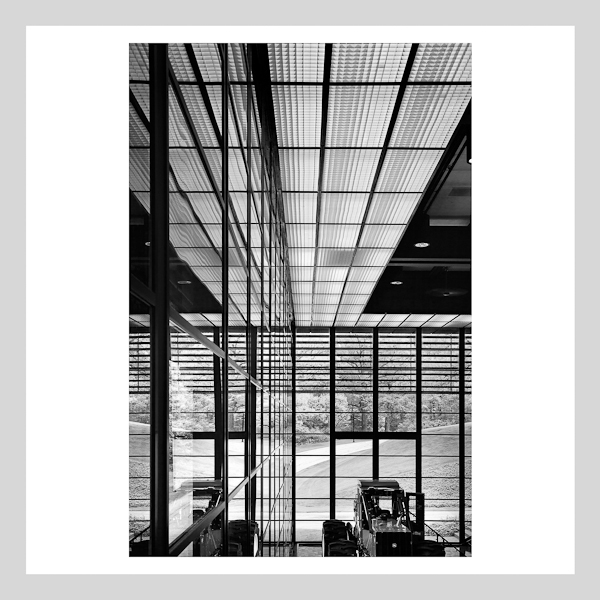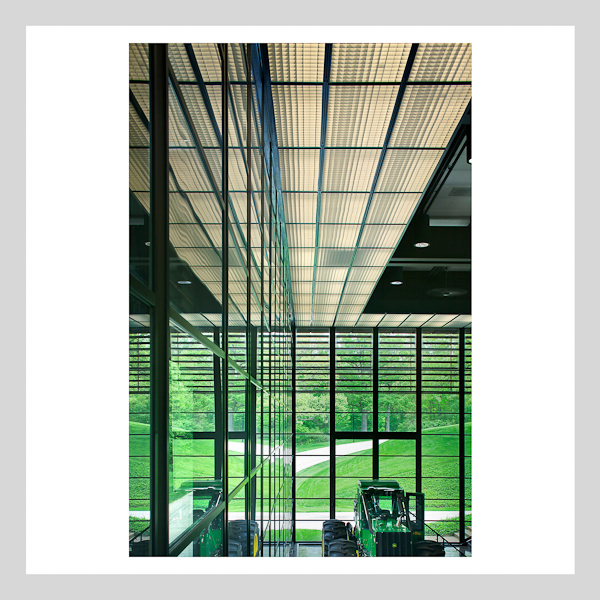Architectural Photography: More on the Question “View Camera or DSLR?”
It occurred to me that, in my recent post titled “View Camera or DSLR”, I neglected two considerations of critical importance to architectural photographers.
1.) I neglected to mention that the Canon 5D Mark II, it’s successor the Mark III, the Nikon D800, the Lumix GH4, and a wide variety of other DSLR’s are capable of producing Full HD (High Definition) 1080/30p video. The Lumix GH4 now leads the pack with 4K 24p cinematic video capability. The view camera, of course produces only still images - very high quality stills, at that.
2.) I quoted the retail price of approximately $48,000 for the Phase One IQ180 digital back, the 645DF camera body, and a single lens, sold as a package. What I didn’t say (and should have) was that this system has no perspective correction capabilities - whether camera or lens shifts (and will not produce high definition video) - something of critical...





